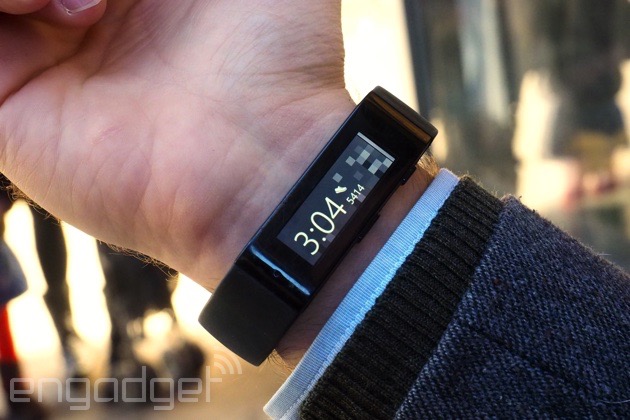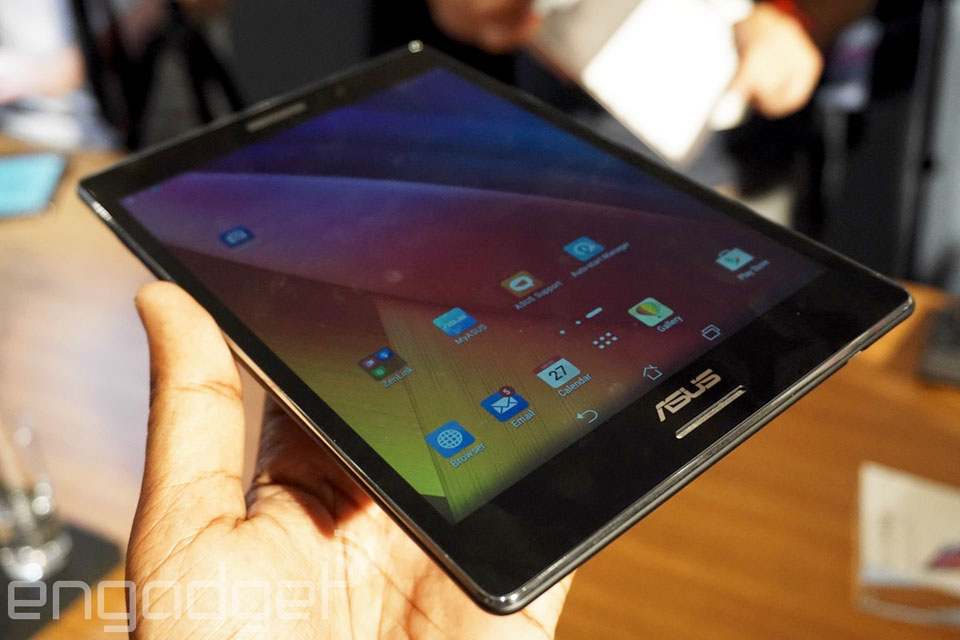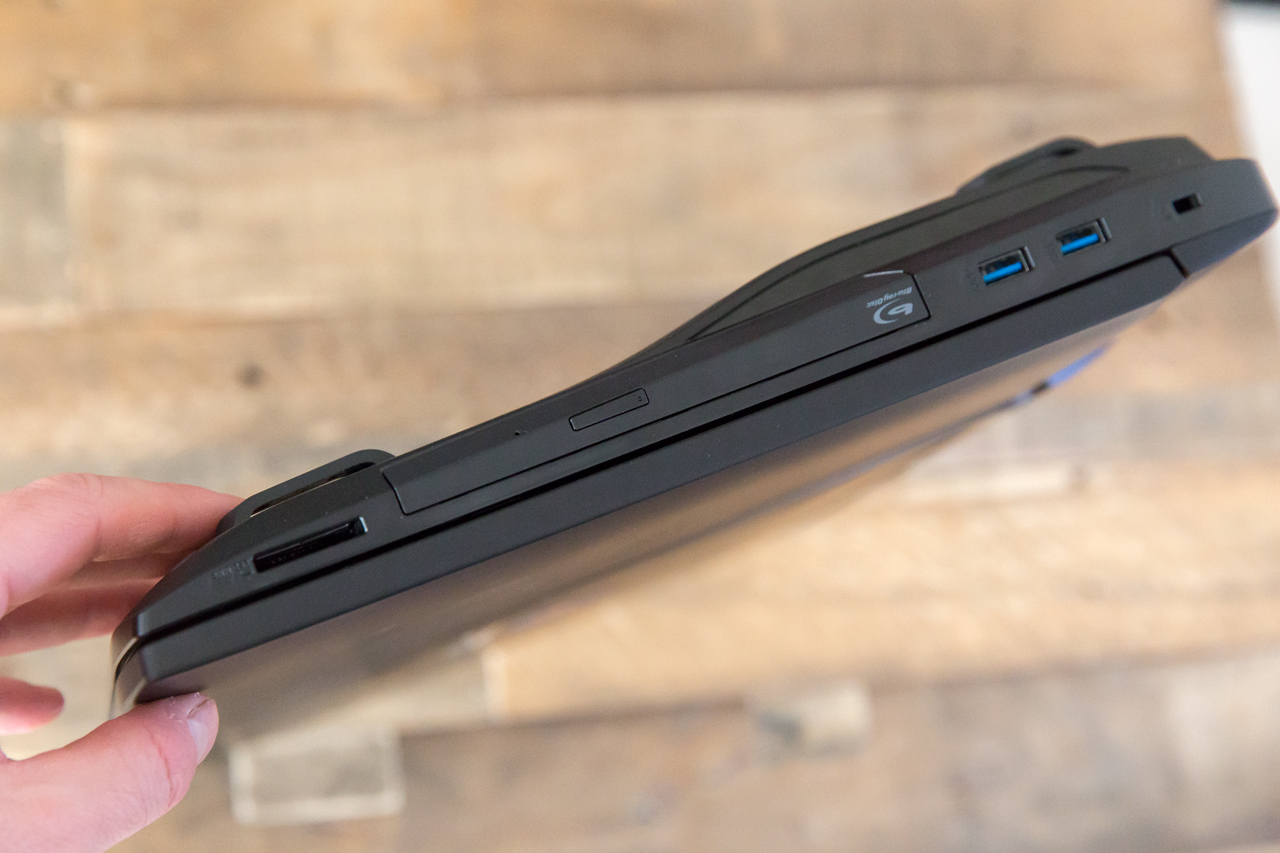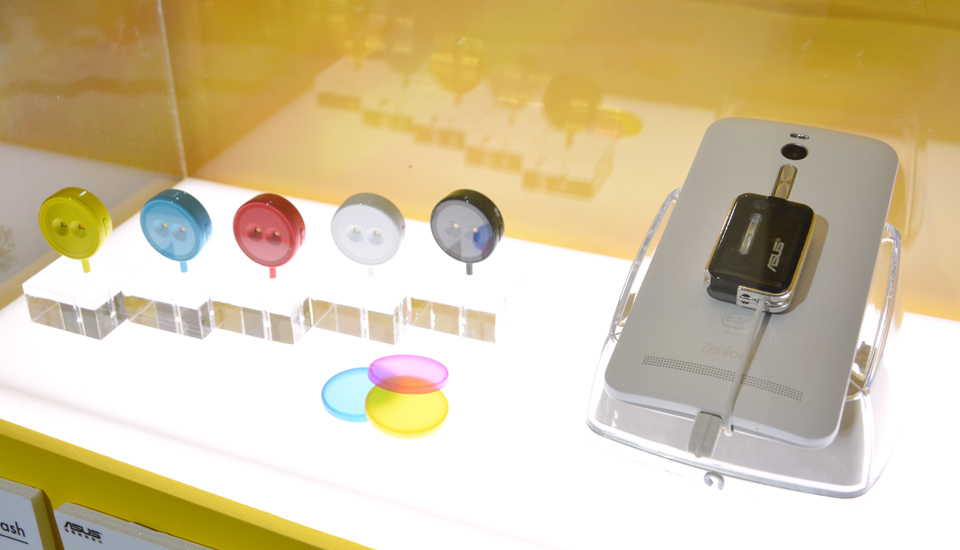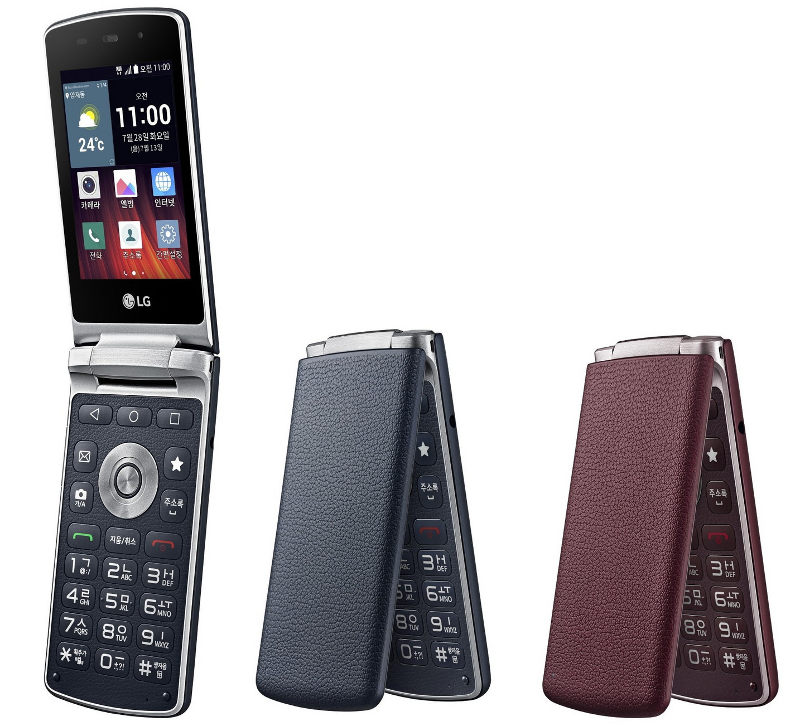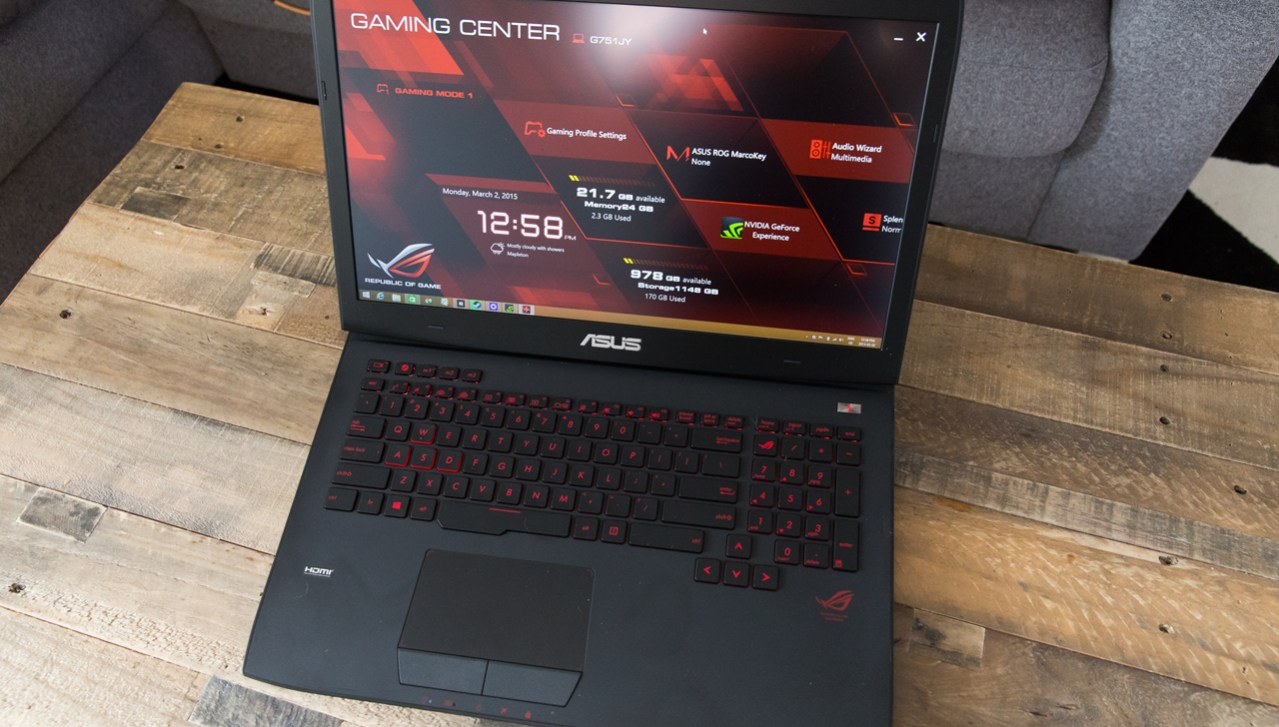
As far as gaming computers go, there are bound to be trade-offs:
bigger size means better performance, and more portability is going to
naturally lead to compromises when it comes to pure gaming muscle. The
Asus Republic of Gamers G751 is a top-tier gaming notebook, but it still
falls prey to that essential truth about gaming notebooks, making for
an experience that stretches the definition of “portable,” but that also
should keep gamers looking for maximum performance in something that
still meets the basic definition of a notebook very, very happy.
Basics
- 17.3-inch 1920×1080 anti-glare display
- 2.5GHz Core i7 processor
- 24GB DDR3 RAM
- 1 TB HDD with 256GB SSD
- Nvidia GeForce GTX980M graphics card with 4GB GDDR5 RAM
- 802.11A/C Wi-Fi
- 4 USB 3.0 ports, Blu-ray DVD, SD/MMC reader, Gigabit Ethernet, Bluetooth 4.0 , Thunderbolt, VGA, HDMI
- 6,000 mAh battery
- 8.4 lbs
- Product info page
- MSRP: $2400 (as tested)
Design
The Asus ROG G751 is a beast of a gaming machine, and that means
you’re not going to get away with slipping this thing into a
small shoulder bag and running around without any noticeable impact in
terms of physical burden. It’s almost 11 pounds, which is a far cry
heavier than, say, the Retina MacBook Pro, which weighs in at just under
4.5 pounds. It has a 17-inch display, however, which is great for more
immersive gaming, but not so great for overall physical dimensions. In
short, the ROG G751 will stretch your definition of
laptop. On
the other hand, I can technically use it on my lap, and despite its
size, it’s still more comfortable than the early notebooks I remember
using back when they could barely do more than your average flip phone.
Let’s face it: If you’re interested in the G751, you’ve already
declared that you favor the gaming performance end of the spectrum, over
and above the portability paradigm. Likely, you’re looking for
something that’s easier to move around than a desktop tower, but that
offers comparable performance, complete with a built-in display so that
you don’t have to supply your own when you’re away from home, or just in
your house but not within easy reach of a fixed-position monitor or TV
screen. Assuming that’s correct, the design of Asus’ hardware offers a
lot of considerable advantages that aren’t necessarily available on
competing devices.
The laptop’s rubberized top shell ensures you can keep a good grip on
the machine when it’s in transit, for instance, and the grippy feet
make for stable desktop sitting, with ample clearance underneath to help
with cooling. There are two large exhaust ports on the back for fanned
cooling, too, built into the rear hinge, which helps the laptop’s
display tilt without undue wobble, and that also allows for more room
for the high-capacity removable battery.
The ample surface area of the computer also allows for a full
complement of ports, including four USB 3.0 connectors, a Blu-ray drive,
Thunderbolt, wired Gigabit Ethernet and a full complement of audio
inputs and outputs.
The light-up keyboard, with special emphatic lighting on the WASD
keys, and the extra-wide trackpad with big left and right buttons are
also nice touches. In terms of gaming notebook design, my one complaint
is that I found myself accidentally hitting the hardware eject button on
the Blu-ray drive, making the disc eject a good percentage of the times
that I wanted to either pick the laptop up or even just shift its
position with the screen open.
Features
Asus has put some special features into the ROG G751 that are very
handy, including a dedicated recording button that activates Nvida’s
ShadowPlay for in-game session recording. It’s got a light to tell you
when it’s running, and simplified the process immensely once you go
through the initial setup, which is very cool if you’re looking to
record in-game events for later sharing for posterity.
Other dedicated keys on the Asus include a Steam key, which launches
the app no matter where you happen to be, kicking you right into Big
Picture mode so you can do away with the noise and get right to gaming.
There are also three programmable macro keys for setting up combos to
use with single clicks, and a key to launch the Republic of Gamers
Gaming Center, which lets you configure said Macros, as well as see how
much memory and storage are currently being used, adjust audio and
switch between pre-configured gaming modes, which trigger different
system settings.
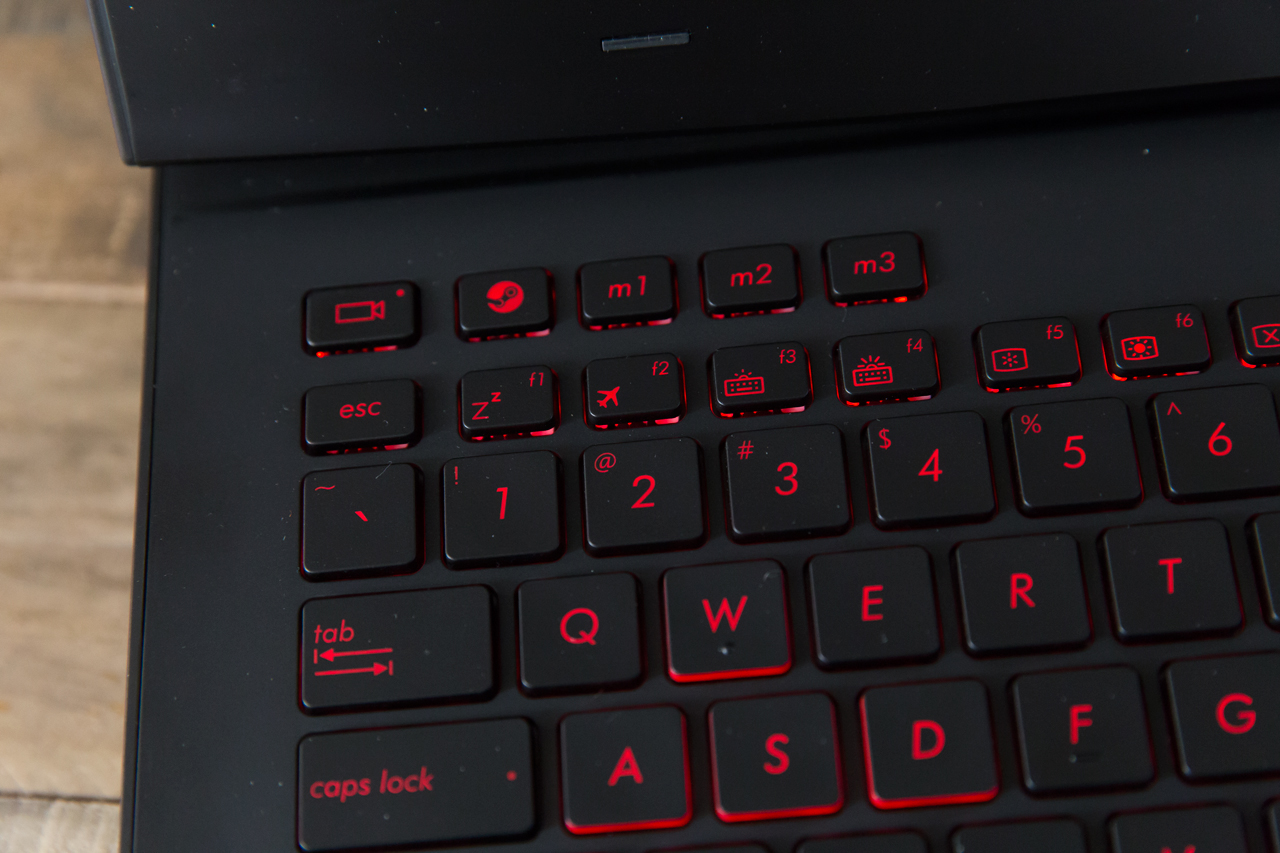
The screen on the Asus is set on a hinge, as mentioned, which also
puts the gamer closer to the action when you’re actually running
software. The display itself, while only full HD on a machine with specs
that can (and do, via external monitors) power 4K output, is very
bright and even, and thanks to the matte finish, works well in most
lighting conditions without introducing any glare into the mix.
There’s an Asus “Splendid” tech software feature that lets you tweak
color profiles and switch between three saved configurations, too, which
helps you deal with variances between software performance.
Performance
As mentioned, the display on this laptop, while not Ultra HD or 4K like on the
latest from Razer,
is well done and easy to watch, even for longer gaming sessions. It can
also output to 4K displays if you happen to have one for installing
yourself at a desk at home for prolonged gaming sessions, thanks to that
incredibly powerful Nvidia GeFore GTX 980M graphics card.
Said processor, combined with the Core i7 CEPU, manages to allow for
60 fps performance in some of the latest top-tier gaming titles,
including personal favorite Shadow of Mordor.
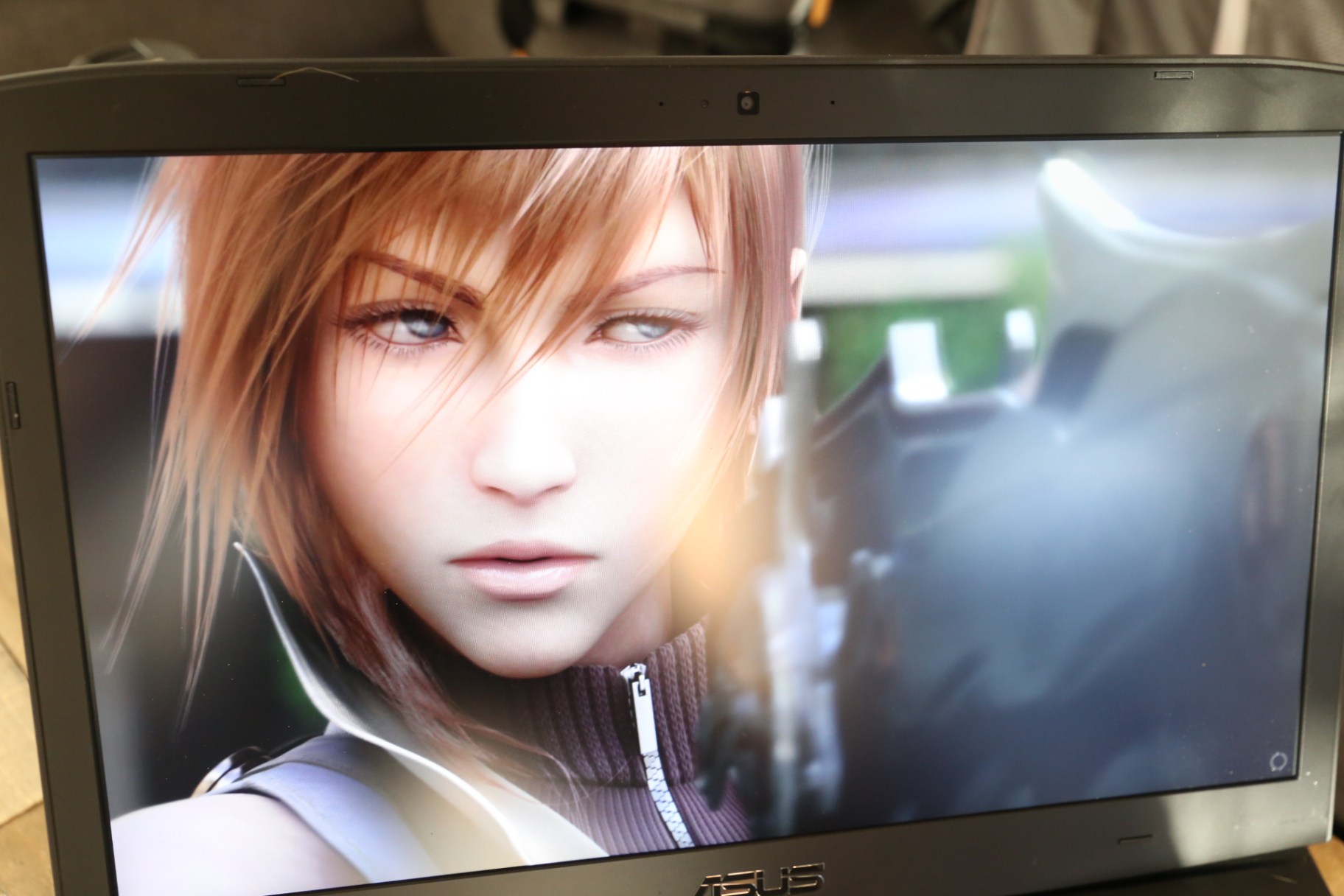
In short, if you’re looking for something that brings desktop power
to bear on games without towers or the need for external screens, the
Asus G751 will definitely suit your needs. Admittedly, the version we
tested was kitted with specs that are none-too-cheap, but with a final
price of $2400 as reviewed, it’s actually not crazy compared to what you
might expect for this kind of performance. The only place where it
doesn’t do so well is when you’re using it for prolonged gaming sessions
unplugged, but if you thought Asus might have magically wizarded away
the limitations of current battery tech, then you’re dreaming anyway.
Speaking of battery, you’ll be lucky to get much more than an hour
out of the G751 while gaming, but in standard mixed-use performance
it’ll last longer, though still only about four or five hours. Again, if
you’re looking for a long-lasting battery, you’re probably not also
looking for a desktop replacement gaming machine, so it shouldn’t really
be something that affects your choice unless you’re willing to
compromise on graphics and framerate.
Bottom Line
The Asus ROG G751 is a gaming laptop that takes its job very
seriously, and comes out near the top of the field as a result. In fact,
for gaming on the go, it’s my current top pick, though I am intrigued
by Razer’s latest. Asus offers a larger screen, with a full-size
keyboard, and a more powerful Nvidia graphics card, however, meaning
it’s still probably the best option for those seeking the best possible
gaming experience in a computer that will still be able to travel, too


